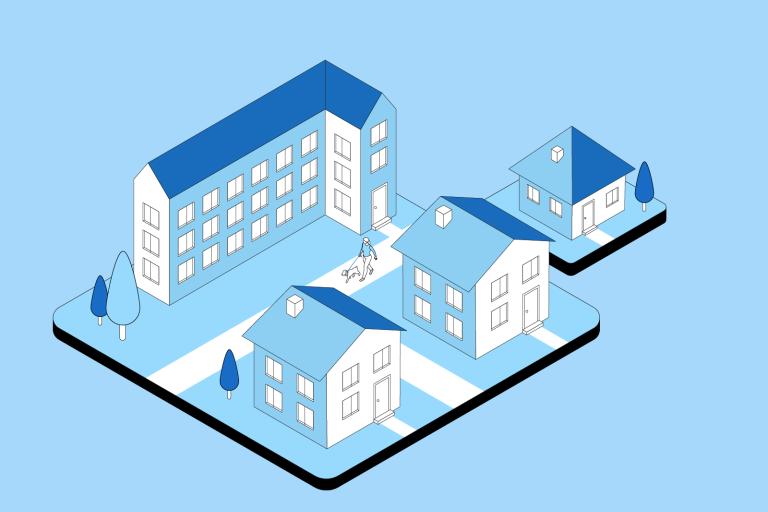Well-designed play facilities
Play supports the happiness and health of children and offers people and children the opportunity to socialise. Play facilities enable active places for people of all ages.
Well-designed play spaces enhance the design of streets and open spaces. They work well combined with open, green spaces and other green infrastructure provision.
Play spaces should be easy to find and access using safe and direct active travel routes. Active travel routes that link to primary schools may particularly be suitable for including play features.
The public realm should offer opportunities for formal and informal play. Formal play can be through the provision of play equipment or natural features. Play can also be informal, including informal doorstep play, for instance through the provision of street furniture. In that case, the facilities should not form obstacles, especially for disabled people. It is also important to design a space so that children will feel safe and welcome to play there.
When planning new development, local gaps in play provision should be assessed to ensure that there are age-appropriate play spaces for both younger and older children, including teenagers, that consider the needs of both boys and girls. Play spaces should also be accessible and enjoyable for children with special educational needs and disabilities.
Safety and accessibility are key considerations in the design of play facilities to ensure that they are fully inclusive. The play space must be permeable and include natural surveillance either from active frontages from residences or other functions to prevent anti-social behaviour and to support feelings of safety, as seeing and being seen is important for this.
Outdoor gym equipment can also be provided to enable exercise for people.
Maintenance of play equipment will need to be planned for and delivered.




